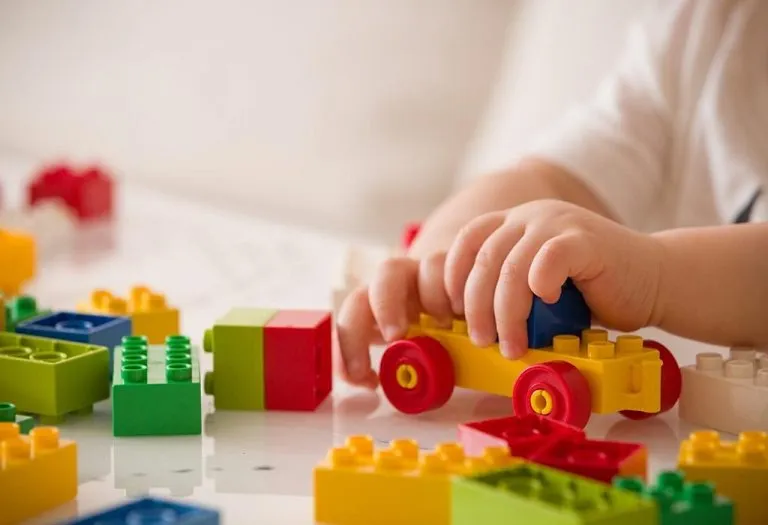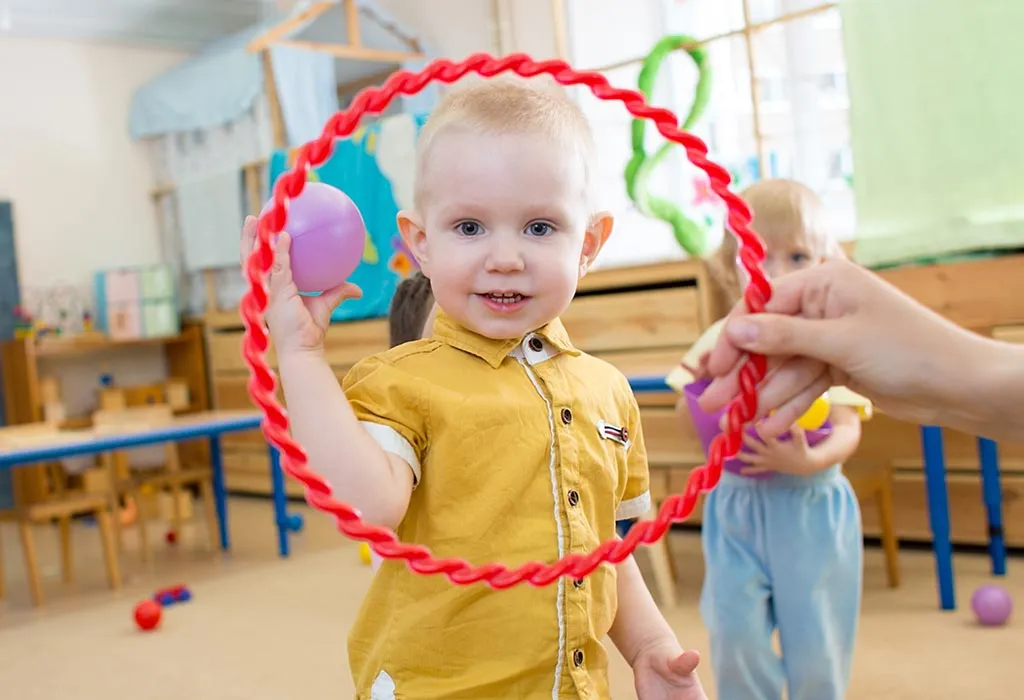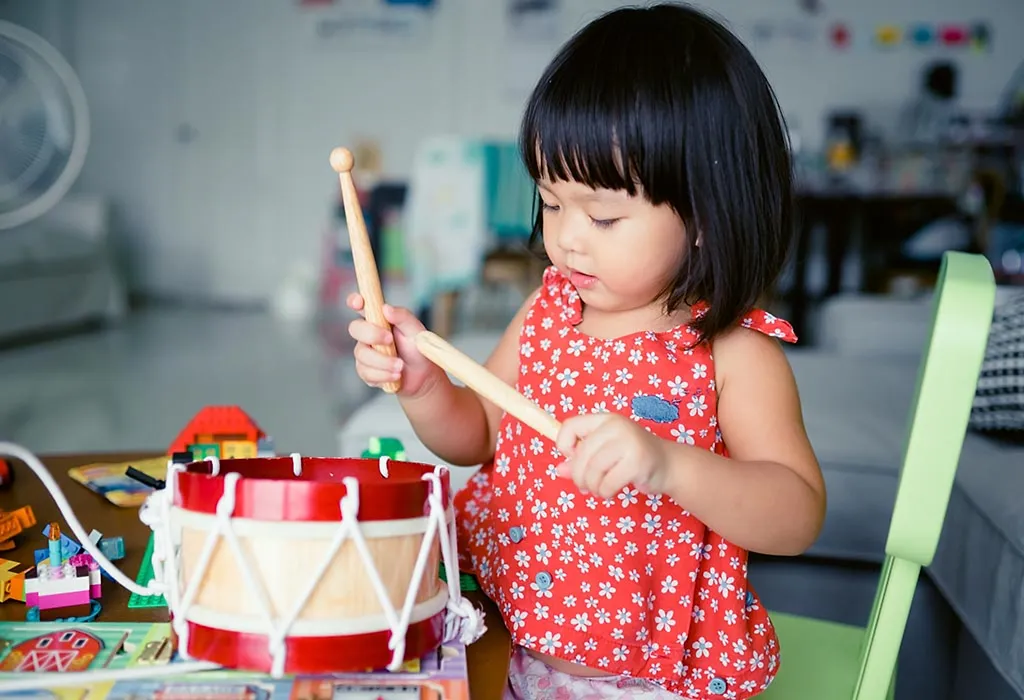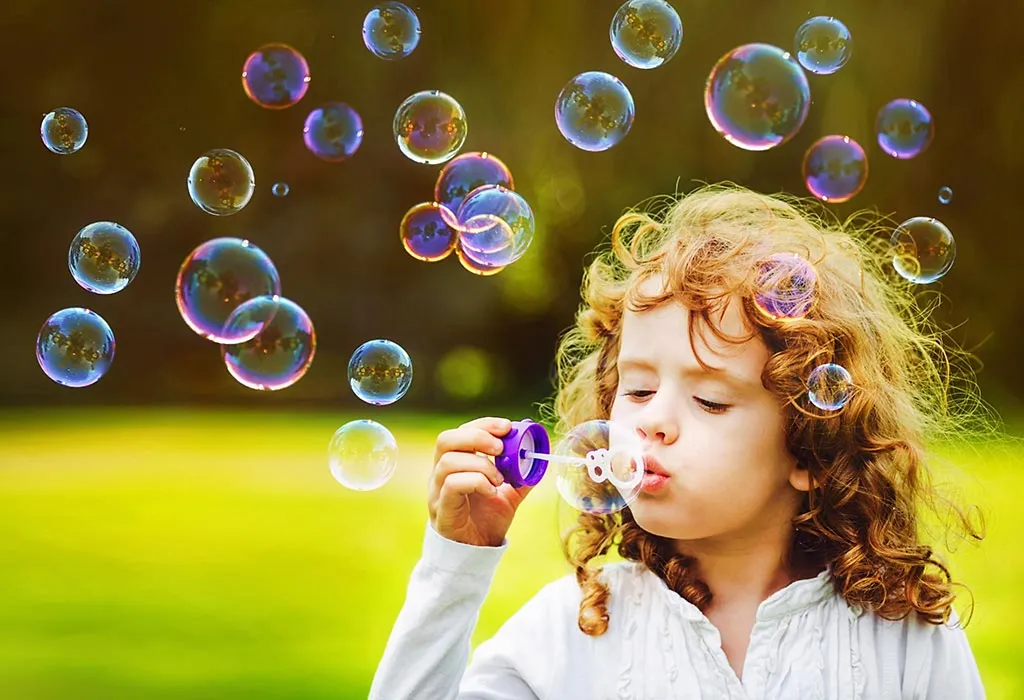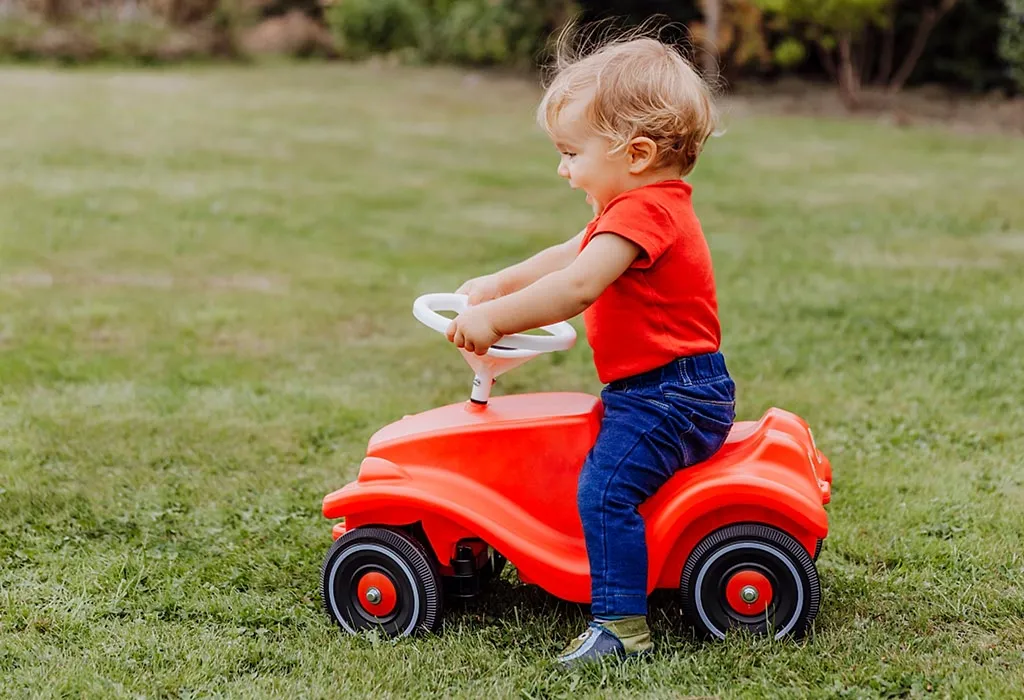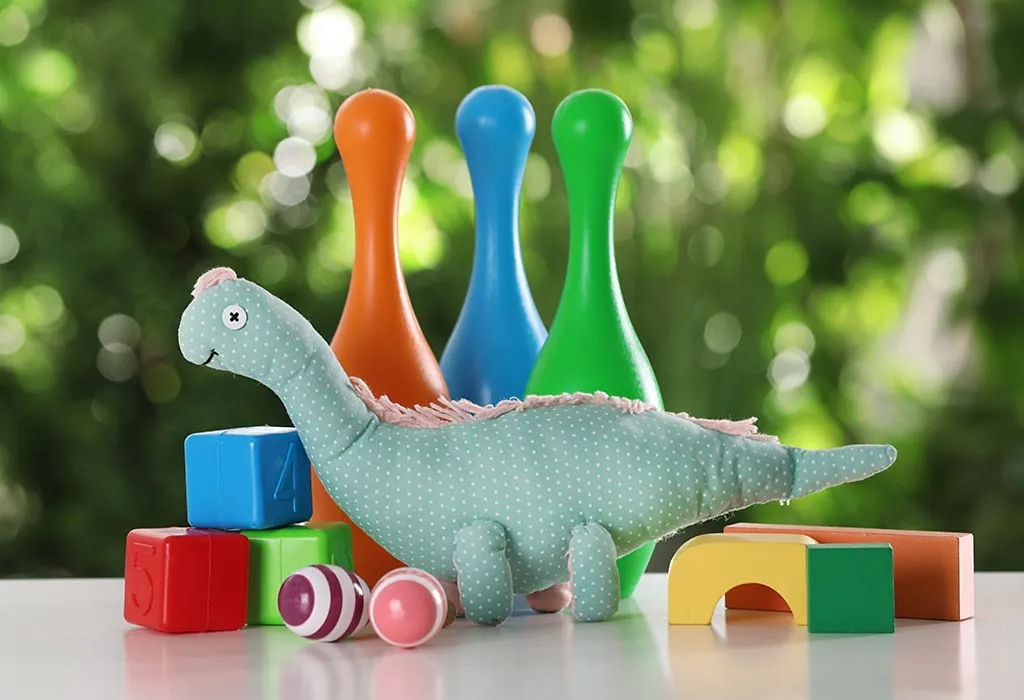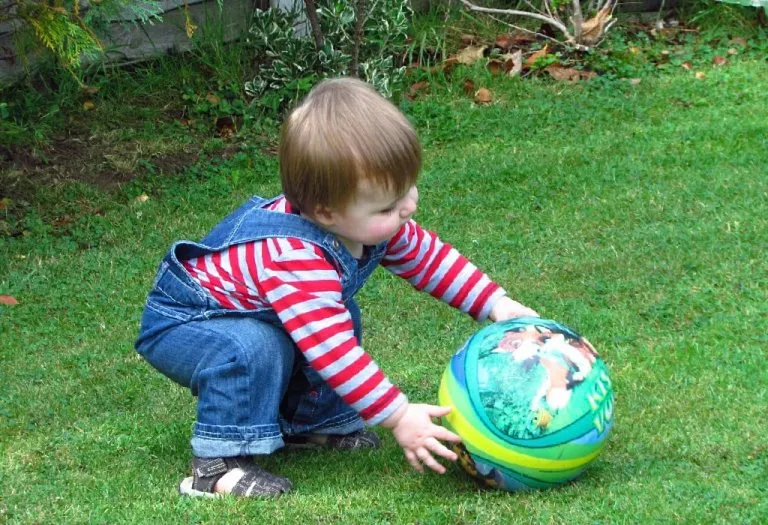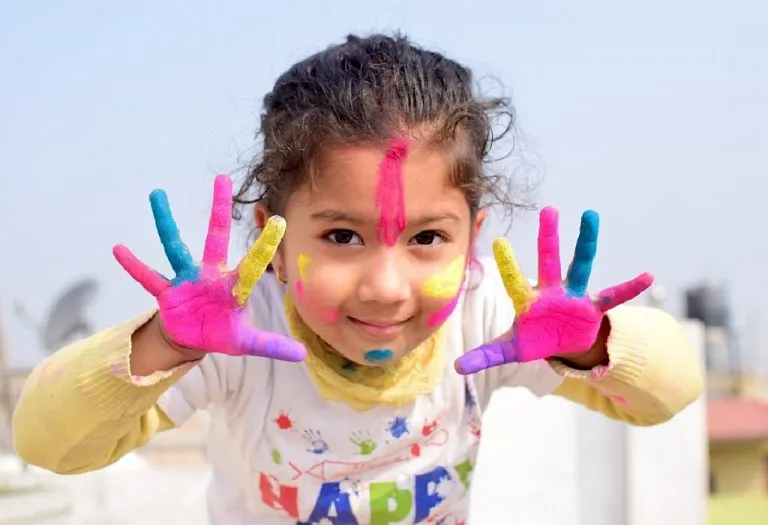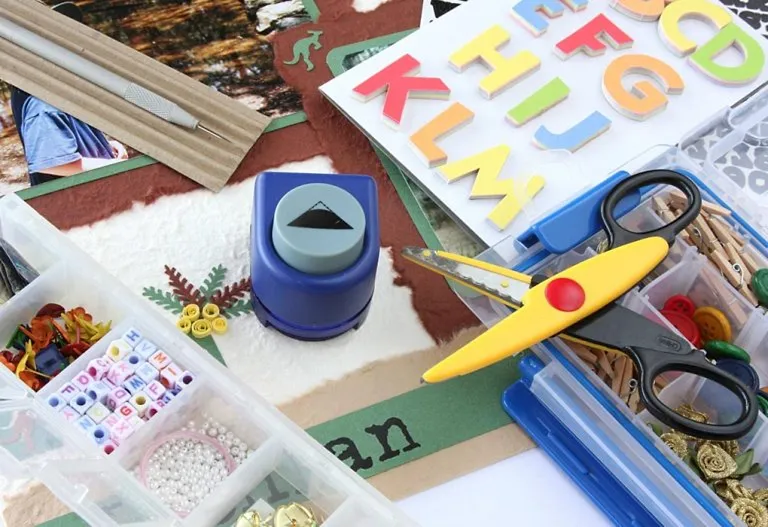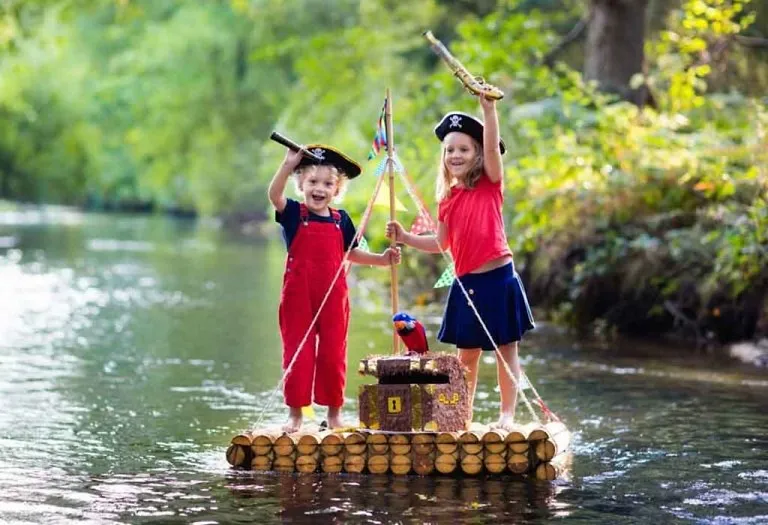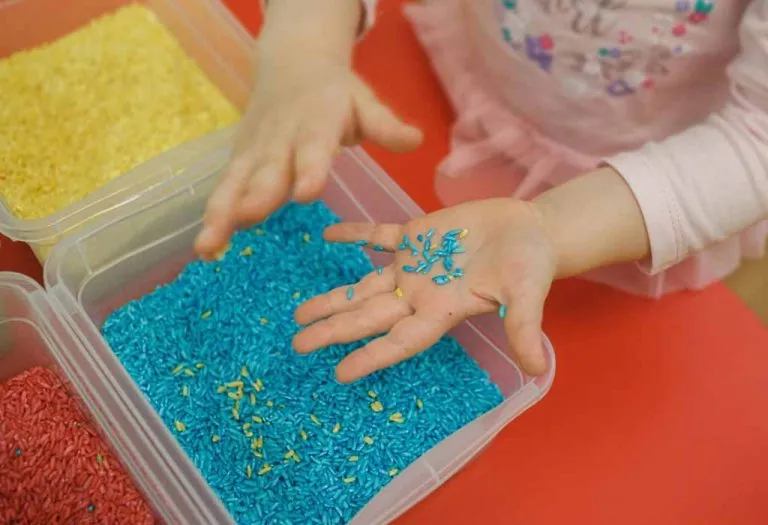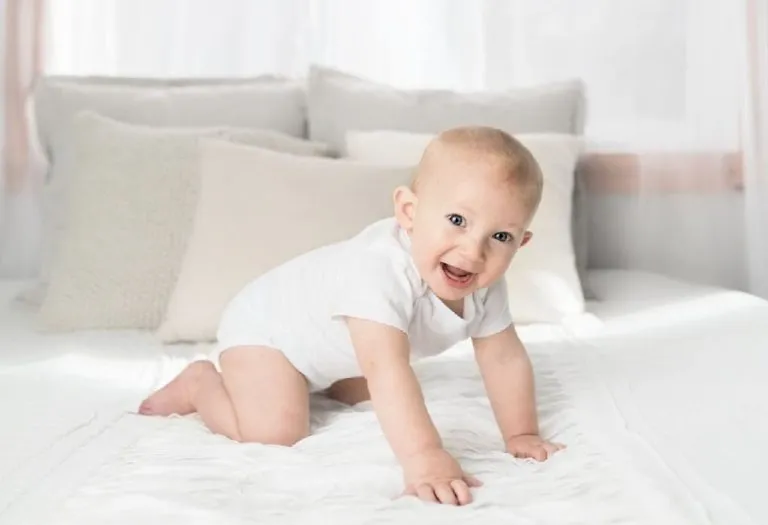16 Best Gross Motor Activities for Toddlers
Watching their toddlers make complex movements is one of the most exciting things for all parents. By the time babies are 12 months old, they should be able to stand on their own and even walk with some support. These actions that help them move are all part of gross motor skills. Gross motor activities for toddlers, such as crawling through tunnels, pushing toys, or climbing soft structures, are not only fun but also essential for their development. Engaging toddlers in activities helps them refine their gross motor control, build strength, and reach milestones on time. Encouraging these movements fosters confidence and sets a strong foundation for more advanced physical skills as they grow.
What Are Gross Motor Skills?
The term motor skills refer to your baby’s ability to move his muscles to perform actions. Movements that involve larger actions such as kicking, extending the arms, walking, running and jumping are all gross motor skills. Whenever she picks up things with her fingers or wriggles her toes, those movements are called fine motor skills. Newborn babies aren’t strong or mature enough to make any sort of skilled movements. These develop gradually from the head and neck and move down to the rest of the body. Therefore, you would see that your baby learns to control the neck before her shoulders and back. She will also learn to control her arm before her hands and fingers. This means that her gross motor skills develop before fine motor skills.
The gross motor skills for toddlers mainly involve sitting unsupported, walking with help, grabbing toys out of their reach, and as they get older – walking, hopping, playing with toys and so on. To help build gross motor skills, they need plenty of toddler gross motor activities that allow them to move and make coordinated actions.
16 Gross Motor Skills Activities for Toddlers
Here are some physical motor activities that will help your toddler build her gross motor skills:
1. Basketball Game
Your toddler naturally likes to throw things. You can use this reflex to turn it into a fun game with balls and soft toys.
Things You Need
How to Do
- Gather all the stuff that can be thrown easily by your toddler like plastic balls, lightweight soft toys and pillows.
- From a distance that’s comfortable to her, hurl these objects into the laundry basket or the crib.
- Once she observes you doing this, encourage her to throw the ball on her own.
- Cheer her every time she scores a basket to help her build motor skills and pick up on the concept of the game.
2. Obstacle Course
An obstacle course is one of the best indoor gross motor activities for toddlers who are still crawling. It involves motor control and coordinated activities to play the game.
Things You Need
- Pillows and cushions
- A play tunnel
- A play tent
- Your child’s favourite toys
How to Do
- Make a path using the pillows with the play tunnel at the end.
- Place some of her toys at the end of the tunnel to keep her interested in the game.
- After the tunnel, place the play tent with the rest of her toys.
- Guide her through the course if she gets distracted or confused.
3. Fun With Musical Instruments
Combining musical sounds with motor activity is one of the most fun games your child can play for a long time. It helps build her gross and fine motor skills in a fun way.
Things You Need
How to Do
- Set up musical instruments in her playroom.
- Pick up the drum stick and show her how to strike on the drum to make sounds.
- Teach her how to grasp the stick in the right position to strike the instrument.
- Cheer and encourage her every time she gets it right.
4. Cleaning the Room
Cleaning the room is a great activity to build both gross and fine motor skills in toddlers such as walking, standing and grasping. It will also teach her to pick up her toys and put them at the right place after playtime is over.
Things You Need
- Your toddler’s toys, pillows and other items
- A laundry basket
How to Do
- Spread out all the toys and items on the floor.
- Walk around the room as you instruct your toddler to only pick up the soft toys and drop them in the laundry basket.
- After soft toys, tell her to pick up the rest and put them in the basket as well.
- The activity ends when all the items on the floor have been put into the basket.
5. Bubbles Through the Hoop
Soap bubbles are an absolute delight for children, adding a hula hoop makes this one of the most exciting outdoor gross motor activities. This activity builds hand-to-eye coordination along with a number of other essential muscle movements.
Things You Need
- Soap bubble maker
- A hula hoop
How to Do
- Your toddler stands three feet ahead of you holding the hula hoop and waiting to catch the bubbles through it.
- Using the bubble maker, blow out soap bubbles into the air.
- Your toddler catches as many as she can.
6. Balloon Hockey
Even a simple game of hockey involves a lot of coordination to guide the balls to a goal. This game, while being fun, will improve her motor control and eye coordination over the bat and balloon.
Things You Need
- Blown-up balloons
- Toy hockey sticks
- Laundry baskets
How to Do
- Use the laundry baskets to set goalposts at opposite ends of the room.
- Blow up a number of balloons of different colours such that they can easily fit into the laundry baskets.
- Encourage her to guide the balloons to the goalposts.
7. Pushing the Car
A push toy helps toddlers gain better control over walking, especially when they are transitioning from crawling. So if you’re getting your toddler to learn to walk, this is an important game.
Things You Need
- A wheeled push toy or a push car
How to Do
- Instruct your toddler to firmly hold on to the push toy and move it forward.
- Stand in front of her, and cheer and motivate her.
- Your spouse can stand behind your toddler to support her from behind.
8. Lightsaber Pretend Battles
A pretend sword battle can be a lot of fun, especially if your kid has seen lightsaber battles in movies. To ensure safety while building motor skills, you need to make the lightsabers out of something harmless.
Things You Need
- Swim Noodles
- Duct tape
How to Do
- Cut the pool noodle using a serrated knife to an appropriate size for the lightsaber.
- Stick duct tape at one end of the lightsaber to make the handle.
- Engage in a mock lightsaber swordfight with your toddler.
9. Bowling at Home
Bowling is a fairly advanced task suited for older toddlers. If your toddler likes to knock things down, this is the perfect game for her.
Things You Need
- A bowling set
- Toys that can stacked up and knocked over such as plastic bricks or Jenga
How to Do
- Set up the bowling alley by stacking the pins from the kit at one end of the room.
- Let your toddler knock them down with a plastic ball.
- She can also knock down stacked-up bricks along with the bowling pins.
10. Outdoor Frisbee Practice
This is an excellent activity to get your toddler to play outdoors and learn skills such as running, movement coordination and object tracking.
Things You Need
- Soft Frisbee
How to Do
- This activity is best done on a wide lawn.
- Make your toddler stand at a distance from you.
- Throw the frisbee towards her and prompt her to catch it mid-air.
11. Animal Walks
Animal walks are a playful way to encourage movement while improving strength and coordination in toddlers.
Things You Need
- An open space indoors or outdoors
How to Do
- Show your toddler how to mimic animal movements, such as hopping like a bunny, waddling like a duck, or crawling like a bear.
- Take turns pretending to be different animals and encourage your toddler to join you.
- Add fun animal sounds to make the activity more engaging.
12. Rolling a Ball
Rolling a ball back and forth is a simple yet effective activity to enhance gross motor skills and coordination.
Things You Need
- A soft ball
How to Do
- Sit facing your toddler on the floor with your legs apart.
- Roll the ball gently toward your toddler and encourage them to roll it back to you.
- Gradually increase the distance to challenge their coordination.
13. Climbing Stairs
Supervised stair climbing helps build leg strength and balance in toddlers.
Things You Need
- Stairs with a safety railing
How to Do
- Hold your toddler’s hand and guide them up and down the stairs slowly.
- Encourage them to hold onto the railing for support.
- Gradually let them try climbing with minimal assistance while staying close for safety.
14. Dancing with Scarves
Dancing with lightweight scarves promotes creative movement and gross motor coordination.
Things You Need
- Colorful scarves or lightweight fabric
How to Do
- Hand your toddler a scarf and show them how to wave it while dancing to music.
- Encourage them to twirl, jump, and wave the scarf in the air.
- Play different music styles to inspire varied movements.
15. Catching Butterflies
Pretending to catch butterflies combines imagination and physical activity.
Things You Need
- A butterfly net or a soft net substitute
- Paper or foam butterflies (optional)
How to Do
- Use the net to “catch” pretend butterflies while running around.
- Place paper butterflies around the yard or room for them to gather.
- Encourage your toddler to count the “butterflies” they collect.
16. Tug of War
This classic game is excellent for developing arm and core strength in toddlers.
Things You Need
- A soft rope or a long scarf
How to Do
- Sit opposite your toddler and hold one end of the rope while they hold the other.
- Gently pull the rope and encourage them to tug back.
- Make it fun by adding playful sound effects or letting them “win” occasionally.
FAQs
1. Can gross motor skills impact a toddler’s learning abilities?
Yes, gross motor skills play a crucial role in a toddler’s overall development, including cognitive learning. Gross motor activities for 2-year-olds that enhance coordination and balance often stimulate brain regions responsible for focus, problem-solving, and memory, creating a strong foundation for learning tasks like writing and reading later in life.
2. How can I encourage gross motor skill development in a small living space?
Even in small spaces, you can encourage gross motor development by creating obstacle courses with cushions, engaging in activities like crawling under tables, or playing games like “Simon Says” that involve jumping, stretching, or balancing. Compact toys such as ride-ons or push cars are also effective.
3. Are outdoor activities better for gross motor development than indoor ones?
Both outdoor and indoor activities are beneficial, but outdoor activities often offer more space and opportunities for natural movement like running, climbing, or playing with a ball. However, indoor activities like dancing, yoga, or obstacle courses can be equally effective, especially in adverse weather conditions.
4. What are some signs of delayed gross motor skills in toddlers?
Signs of delayed gross motor skills include difficulty sitting up without support by 9 months, not walking independently by 18 months, or trouble with balance and coordination during simple tasks like climbing stairs or jumping. Consulting a pediatrician or therapist can help address these delays early.
Apart from getting your kid to move around and get some exercise, and develop her gross motor skills, these awesome activities have the added advantage of keeping her away from the screen! You can also get your child an activity box for toddlers and kids, like the FirstCry Intellikit, which packs several learning tools into one box. Colourful worksheets, entertaining games, interesting fact cards – hours and hours of learning fun is guaranteed with an activity box. What’s more, it helps contribute to your child’s overall development, and yes, that includes her gross motor skills too!
Simple games and activities can definitely be helpful for your child’s well-being. Make sure you try out these fun and entertaining games with your little one soon!
Also Read:
Water Play for Babies & Toddlers
Activities For 2 Year Olds
Tips for Encouraging Good Behaviour in Toddlers
Fun and Interactive Learning Activities for Toddlers
Was This Article Helpful?
Parenting is a huge responsibility, for you as a caregiver, but also for us as a parenting content platform. We understand that and take our responsibility of creating credible content seriously. FirstCry Parenting articles are written and published only after extensive research using factually sound references to deliver quality content that is accurate, validated by experts, and completely reliable. To understand how we go about creating content that is credible, read our editorial policy here.





